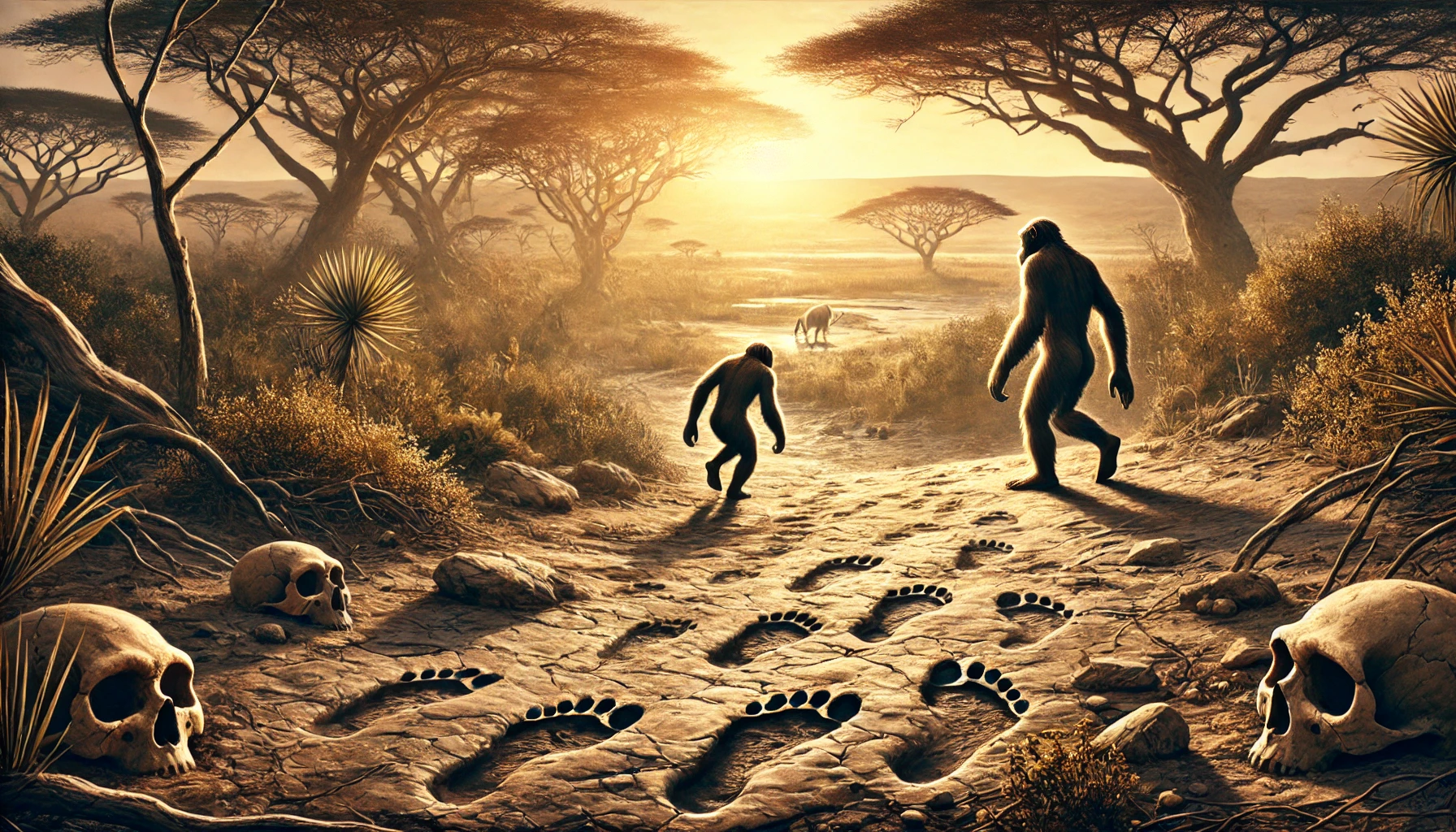Introduction : A groundbreaking discovery has shed light on the ancient coexistence of two human ancestors, revealing new insights into our evolutionary history. Fossilized footprints, estimated to be 1.5 million years old, have been uncovered, offering a rare glimpse into the behaviors and interactions of early hominins.The Discovery The fossilized tracks were found in East Africa, a region often referred to as the “Cradle of Humankind.”
These tracks belong to two distinct hominin species, suggesting that they not only lived during the same period but also might have shared the same habitat.Significance of the TracksThese tracks provide evidence of social interactions, movement patterns, and even group dynamics. The findings challenge the traditional view of linear human evolution, highlighting the complexity of our ancestry and the possibility of coexistence between different species.
What It Means for Evolutionary StudiesThe coexistence of these species raises questions about competition, resource sharing, and the eventual dominance of Homo erectus. This discovery opens new avenues for research into the adaptive strategies that allowed these species to thrive in a shared environment.
Conclusion
The 1.5 million-year-old tracks represent a significant step forward in understanding human evolution. As scientists continue to analyze these tracks, we may uncover even more details about the lives of our ancient ancestors.

















+ There are no comments
Add yours